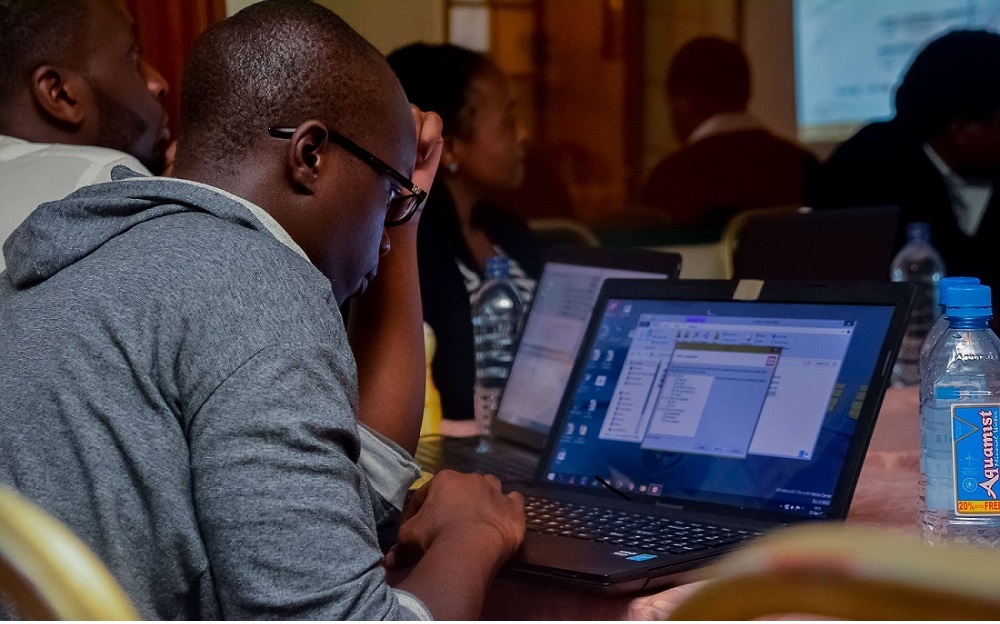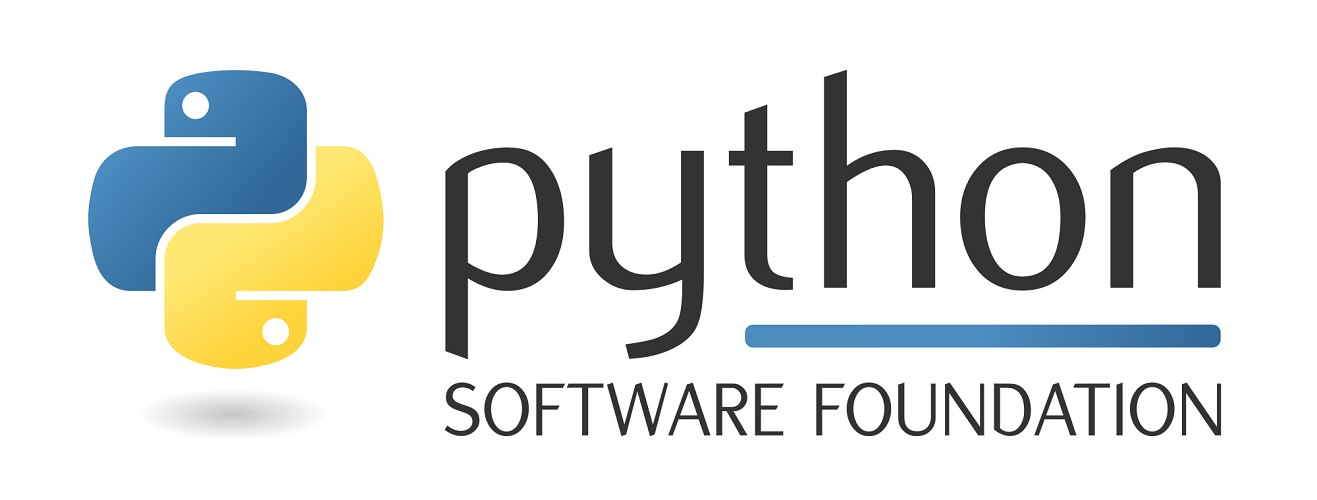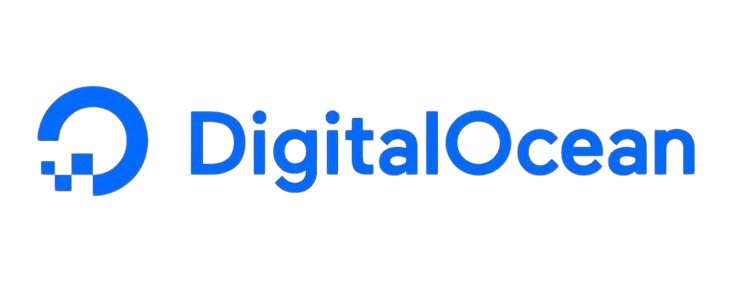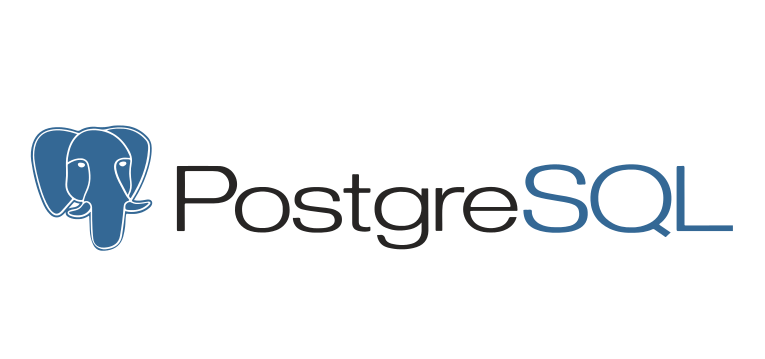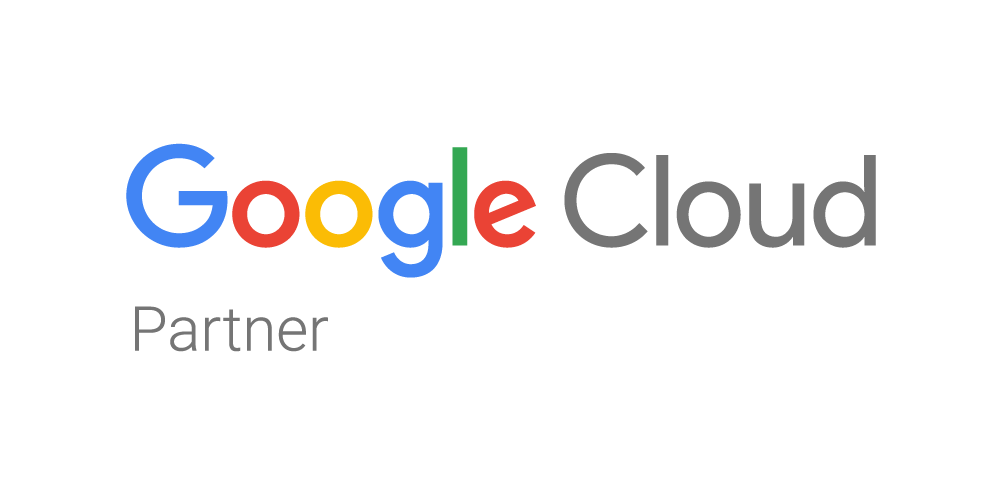Note: To enroll in this Bootcamp, you must have completed the
Certificate in Software Development from
TECHCAMP.
This Online Guided Training runs every
Monday, Tuesday, and Thursday.
It is designed for trainees who already have an existing system
(MyDuka) built with SQLAlchemy, Flash Messaging, and Flask Login.
The trainer will review your code, provide guidance, and help fix any issues that arise.
Bootcamp Sections (9 Modules)
-
Section 1/9:
Advanced GitHub Review — Learn about branches, merging, and collaboration using a Gitflow workflow.
Set up both staging and production environments effectively.
-
Section 2/9:
Build Your Own API with FastAPI & Consume Using React — Create a fully functional REST API connected to a database, with built-in Swagger documentation.
Get introduced to React for building web interfaces, including components, state management, and routing.
-
Section 3/9:
Linux Basics — Set up a Linux environment, learn essential terminal commands, install software, and monitor applications.
-
Section 4/9:
Setting Up Nginx & Linking to a Domain — Configure an HTTP server with Nginx and make your app publicly accessible.
Connect a custom domain, create sub-domains, and add SSL certificates for security.
-
Section 5/9:
Docker Configuration & Networking — Install and configure Docker in Linux, link your database to the Docker network, and manage containers and images.
-
Section 6/9:
Sentry Error Tracking — Implement automated error tracking and receive notifications through email or Slack when application errors occur.
-
Section 7/9:
Scrum & Agile Project Management — Learn how to organize development using tasks, sprints, and daily stand-ups with the Scrum methodology.
-
Section 8/9:
Server Monitoring, Security & Backup — Monitor performance metrics, generate reports, manage logs, and set up firewalls and server backups.
-
Section 9/9:
CI/CD Pipeline Setup — Implement Continuous Integration and Continuous Deployment for automated deployments across Development, Staging, and Production environments.

